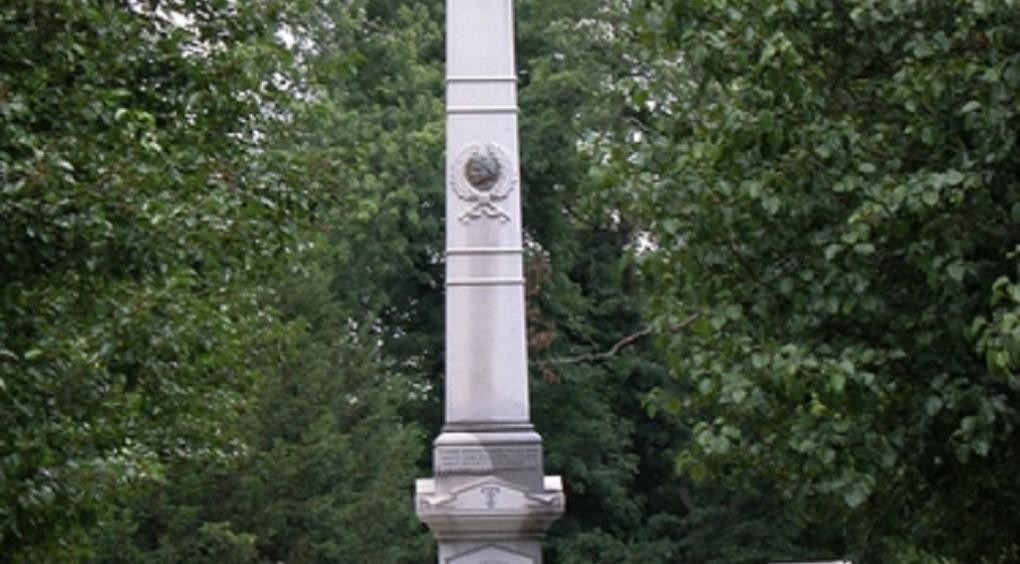
Middletown, City of
One of the early Kentucky settlements, the land on which present day Middletown sets, was originally owned by Revolutionary War veteran Jacob Myers. It was chartered as a city by the Jefferson County Court in May of 1797, after a request by Phillip Buckner and William Chambers. Buckner owned a large tract lying “on the sinking fork of Beargrass (Creek) where the main road from the seat of government to Louisville crosses the same and included lands Buckner obtained from Myers and Cuthbert Harrison.
According to tradition, the first map for the town was prepared by a William White, who presided over the May County Court session. This plat indicates that original Middle-town was two and one-half blocks long and two blocks wide. It extended from Madison Avenue on the east to Holrnes Street on the west, and from McAuthor Street on the north to Adair Street on the south.
The name is generally believed to be derived from its location near the mid-point between Louisville and Shelbyville. However, other sources indicate that Middletown was so named by its location as the “middle” town between Westport and Shippingport, two important early settlements along the Ohio River. Merchandise was shipped down river to Westport on flatboats, unloaded onto oxcarts and drays, hauled to Shippingport, and reloaded onto flatboats headed downstream. “Middle Station”, mentioned in early court records before 1787, was the overnight stopping point between the two river ports.
Middletown was an early trading center for the rich farms surrounding the city. In addition to a number of “general stores”, the town also had a tannery, a large millinery shop, a cigar factory, a comb factory, a tailor shop and a blacksmith’s works, plus the usual establishments dealing in wooden goods. Its location on the toll road between Louisville and Lexington also made it a favorite stopover for travelers. Horses for the stage coach were changed here as well. The Middle-town Inn and the Wetherby House (also known as the Davis Tavern) provided hospitality for visitors.
The city was occupied briefly by Confederate forces during the 1862 invasion of Kentucky. According to tradition, the citizens hid the ample supply of whiskey from the Davis Tavern in the village well to keep it from thirsty Union and Confederate soldiers.
An interurban rail line between Louisville and Shelbyville was established in 1910 making it possible for workers to commute easily to jobs in the larger city. Thus the area began to change from a farming to a suburban community. The interurban was discontinued in 1934 as an ever increasing number of workers used private automobiles to drive to their jobs. The suburbanization of the area has continued since and has recently increased to such an extent as to almost completely remove all traces of the former rural environment.
The city lost its original charter in the 1950’s but was re-incorporated in 1979 and was designated a fourth-class city in 1982. The 1990 census showed a population within the city limits of 4937. There are several structures in the city which are currently listed on the National Register of Historic Places and there are two designated Historic Districts containing over 100 individual properties.
(info courtesy of cityofmiddletown.org)